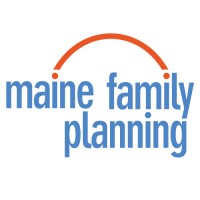
Health Resources in Action (HRiA)
Health Resources in Action is a non-profit organization working to improve and reimagine public health. We connect, consult, and collaborate to solve complex challenges of access and equity in our health and social systems. Together with our partners, clients, and collaborators, we create actionable solutions so that all people can thrive.






